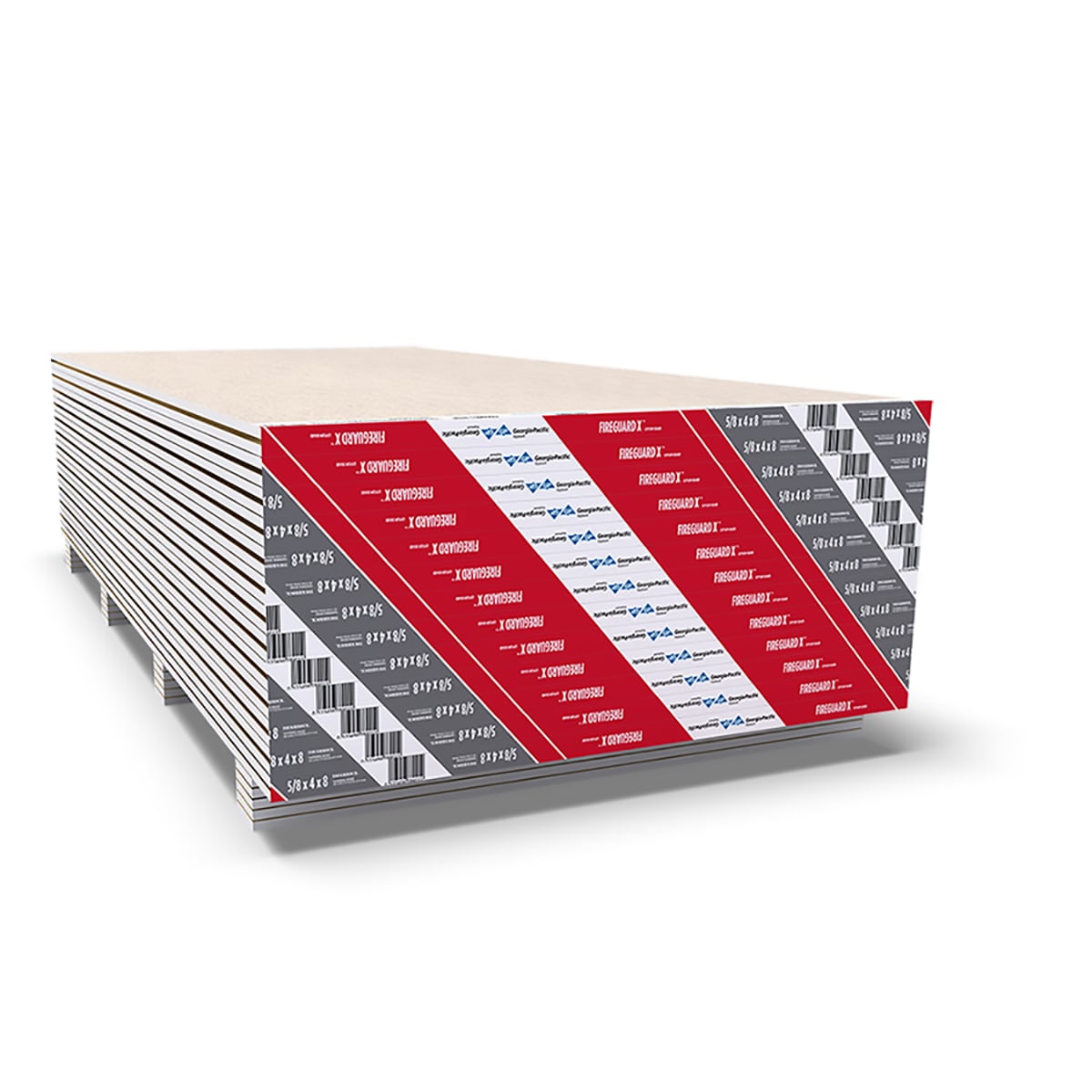Wall cladding has become a popular choice in modern architecture and construction, offering aesthetic appeal and functional benefits. However, like any building material, it comes with its own set of disadvantages that can impact both the short-term and long-term performance of a structure. In this article, we will delve into the various drawbacks of wall cladding, providing a nuanced understanding for architects, builders, and homeowners alike.
- Cost Implications
One of the primary disadvantages of wall cladding is the initial cost. While cladding can enhance the visual appeal of a building, the materials themselves—such as natural stone, wood, or high-quality composites—can be expensive. Additionally, the installation process often requires skilled labor, which can further inflate the overall expenditure. For budget-conscious projects, these costs can be a significant deterrent.
- Maintenance Requirements
Different types of wall cladding come with varying maintenance needs. For instance, wood cladding requires regular treatments to prevent rot, insect damage, and weathering. Similarly, metal cladding can suffer from corrosion if not properly coated and maintained. Neglecting these maintenance tasks can lead to accelerated deterioration, ultimately resulting in higher repair costs and reduced lifespan of the cladding.
- Thermal Performance Issues
While some wall cladding materials offer excellent insulation properties, others can lead to thermal bridging, where heat escapes through the cladding material. This can result in increased energy costs for heating and cooling, negating some of the energy efficiency benefits that cladding is supposed to provide. Furthermore, improper installation can exacerbate these issues, leading to uncomfortable indoor environments.
- Moisture Management Challenges
Moisture management is a critical concern in building design, and wall cladding can complicate this aspect. If not installed with proper ventilation and drainage systems, cladding can trap moisture against the underlying structure. This can lead to mold growth, wood rot, and structural damage over time. Homeowners and builders must be vigilant about ensuring that cladding systems are designed to manage moisture effectively.
- Limited Lifespan of Certain Materials
While some cladding materials, like brick or stone, can last for decades, others may have a significantly shorter lifespan. For example, vinyl and certain composite materials can become brittle and fade over time, requiring replacement sooner than expected. This not only adds to the long-term costs but can also disrupt the aesthetic continuity of a building.
- Environmental Impact
The environmental implications of wall cladding materials cannot be overlooked. Many synthetic cladding options are derived from non-renewable resources and can contribute to environmental degradation. Additionally, the production and disposal of these materials can lead to increased carbon footprints. Builders and architects are increasingly called to consider sustainable alternatives that minimize ecological impact.
- Aesthetic Limitations
While wall cladding can enhance the visual appeal of a building, it can also impose aesthetic limitations. Certain materials may not blend well with the surrounding environment or architectural style, leading to a disjointed appearance. Moreover, trends in cladding materials can change, leaving buildings looking outdated if they do not align with current design preferences.
- Installation Complexity
The installation of wall cladding can be a complex process that requires careful planning and execution. Poor installation can lead to a host of problems, including misalignment, gaps, and inadequate sealing. These issues not only compromise the aesthetic quality of the building but can also lead to functional problems, such as water infiltration and energy loss.
Conclusion
While wall cladding offers numerous benefits, it is essential to weigh these against the potential disadvantages. From cost implications and maintenance requirements to environmental concerns and aesthetic limitations, understanding these drawbacks can help stakeholders make informed decisions. By carefully considering the type of cladding, installation methods, and long-term maintenance plans, builders and homeowners can mitigate some of these disadvantages, ensuring that their investment in wall cladding pays off in the long run.

